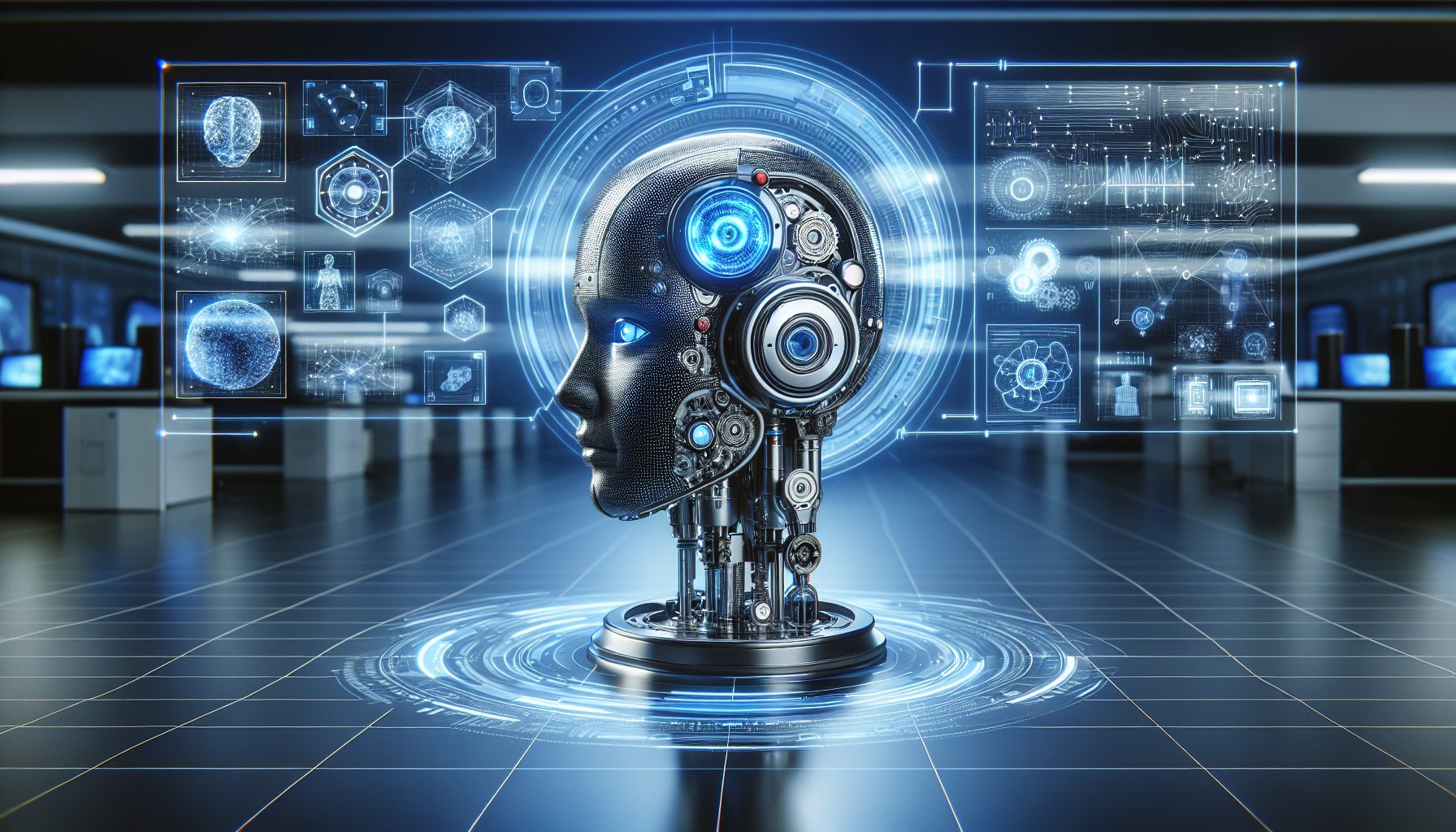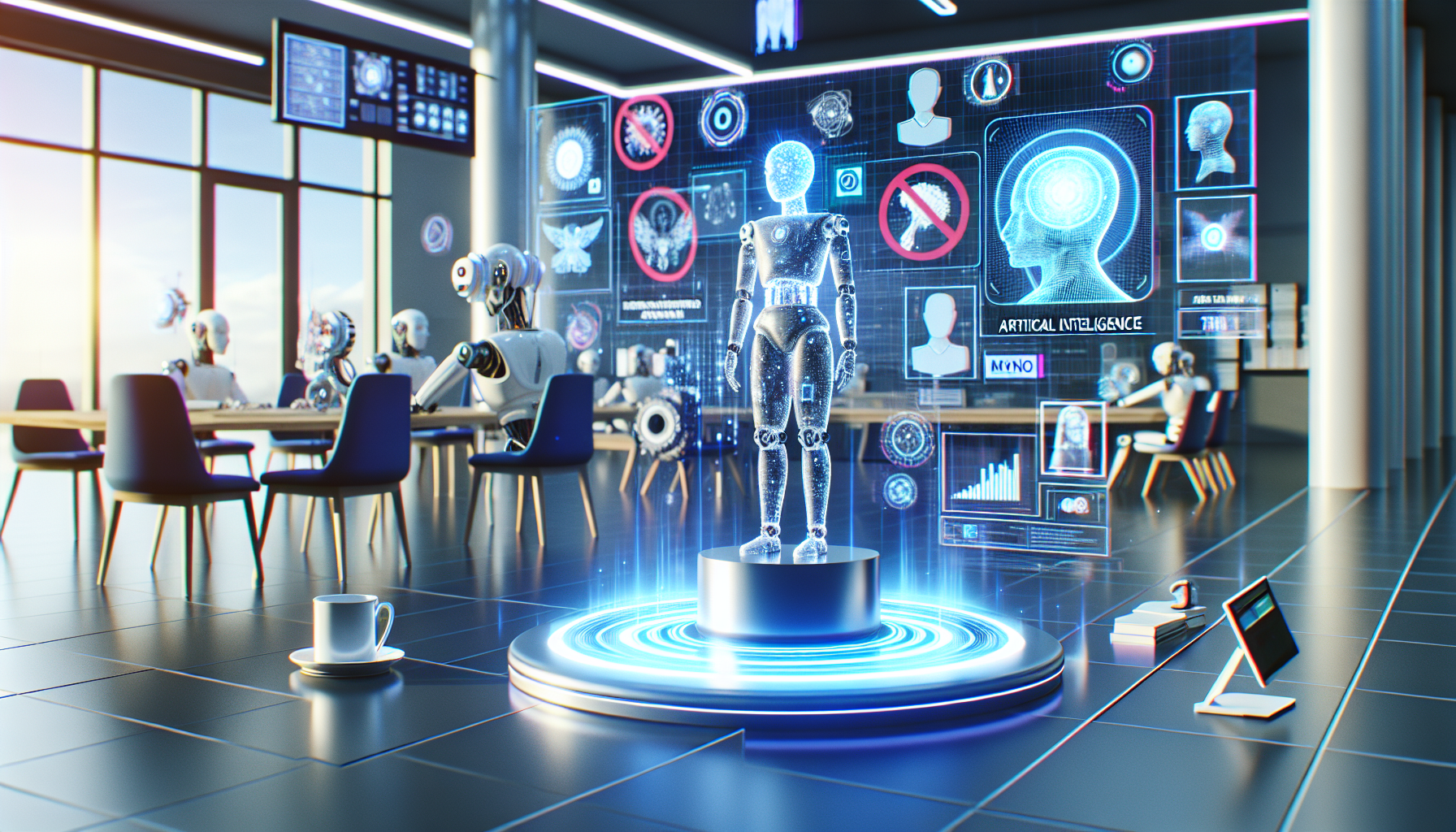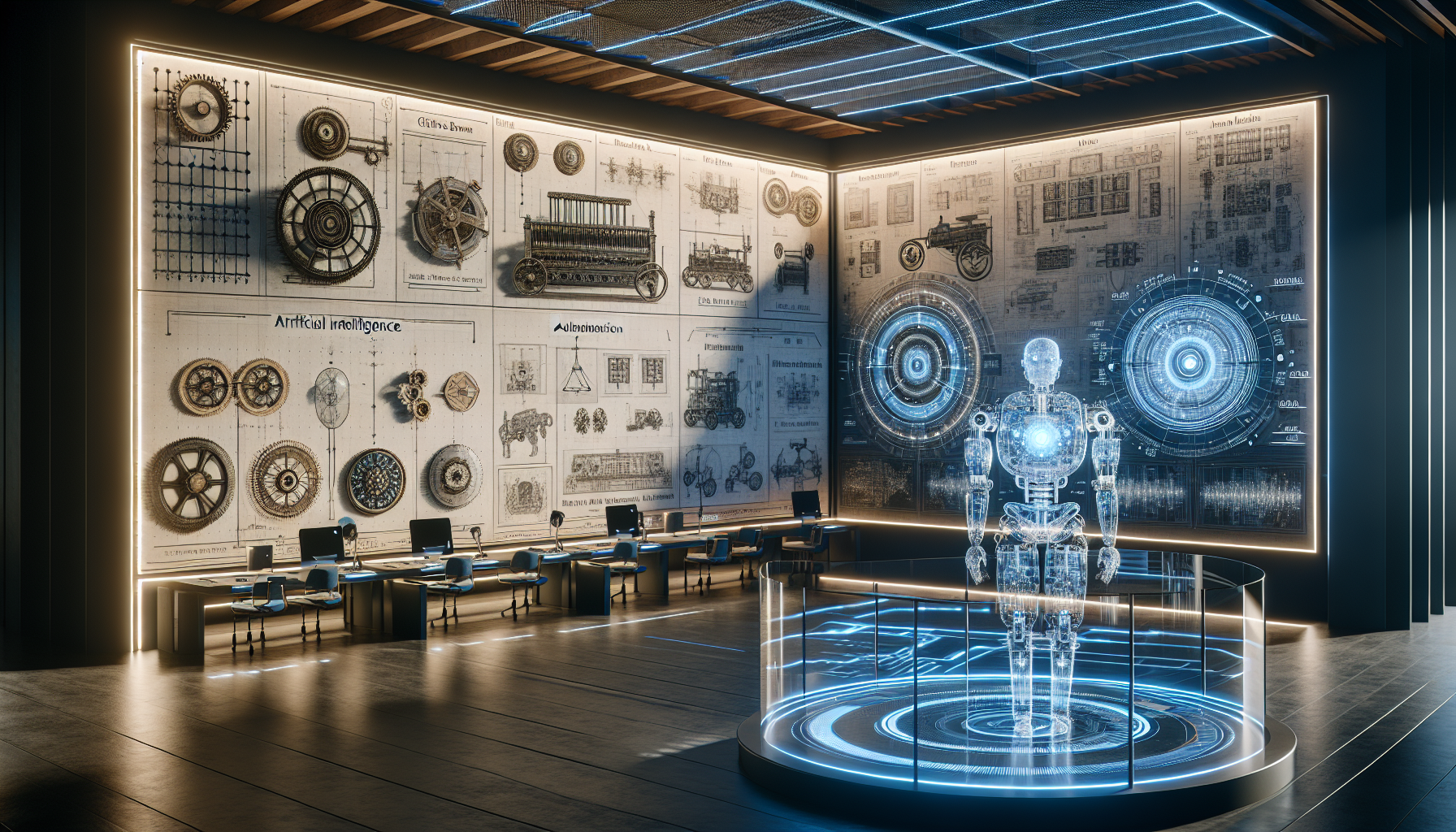
Unlocking Potential: How AI and IoT Converge to Transform Our Lives
October 7, 2025
Imagine a world where your everyday devices not only understand you but anticipate your needs and adapt seamlessly to your lifestyle. This is not a scene from a futuristic movie; it's happening now, thanks to the intersection of Artificial Intelligence (AI) and the Internet of Things (IoT). Together, they form a potent alliance that holds the promise of revolutionizing the way we live, work, and interact with our environment.
At its core, the fusion of AI and IoT is about creating intelligent environments. AI, with its ability to learn and make decisions, empowers IoT devices to go beyond mere connectivity. These devices become capable of analyzing data, identifying patterns, and making informed decisions autonomously. This synergy offers endless possibilities, from smart homes to efficient healthcare systems and beyond.
To harness this potential, understanding and implementing AI-IoT solutions requires a roadmap that is both visionary and practical. Here’s how you can embark on this transformative journey:
**1. Set a Clear Vision**
Before diving into the technicalities, it's crucial to envision the outcomes you desire. Do you want to enhance energy efficiency in your home, or are you aiming to improve patient outcomes in healthcare? Clear goals will guide the integration of AI and IoT technologies, ensuring that the solutions you develop are aligned with your objectives.
**2. Choose the Right Devices**
The IoT landscape is vast, with devices ranging from simple sensors to complex machinery. Selecting the right devices means considering factors like interoperability, scalability, and security. Devices should not only fit the immediate need but also have the capability to adapt and evolve as AI technologies advance.
**3. Implement Robust Data Management**
Data is the lifeblood of AI and IoT. Efficient data management strategies are essential to harness the full potential of this integration. This involves setting up systems to collect, store, and process data securely and efficiently. With the right data architecture in place, AI can analyze and learn from the information to provide valuable insights.
**4. Leverage Cloud Computing**
The computational power required for AI is significant. Cloud computing offers the scalability and flexibility needed to support AI-IoT applications. By leveraging cloud platforms, you can ensure that your systems have the resources to handle complex data processing and storage needs, without the constraints of physical hardware limitations.
**5. Focus on Security and Privacy**
As devices become smarter, the security and privacy concerns grow. Implementing AI and IoT solutions requires robust security measures to protect sensitive data and prevent unauthorized access. Employ end-to-end encryption, regular updates, and rigorous authentication protocols to safeguard your systems.
**6. Foster Continuous Learning and Adaptation**
The beauty of AI lies in its ability to evolve. Establish a framework for continuous learning where AI systems are regularly updated with new data and algorithms. This ensures that your IoT devices remain responsive and relevant, adapting to changing user needs and environmental conditions.
**7. Emphasize User-Centric Design**
For AI-IoT solutions to be truly transformative, they must be designed with the user in mind. This means creating intuitive interfaces and ensuring that the technology enhances, rather than complicates, the user experience. Feedback loops should be established to gather user insights and drive iterative improvements.
**8. Collaborate and Innovate**
The intersection of AI and IoT is a rapidly evolving field. Collaborate with experts, join industry forums, and participate in innovation labs to stay ahead of the curve. Embracing a culture of collaboration not only fosters creativity but also accelerates the development of cutting-edge solutions.
**9. Measure Impact and Refine Strategies**
Finally, it's essential to measure the impact of your AI-IoT initiatives. Use key performance indicators (KPIs) to assess the effectiveness of your solutions in achieving the desired outcomes. Regularly review and refine your strategies to ensure that they remain aligned with your vision and the evolving technological landscape.
As AI and IoT continue to converge, they unlock unprecedented opportunities for innovation and transformation. This convergence is not just about technological advancement; it's about reimagining what's possible and redefining our relationship with the world around us. How will you harness the power of AI and IoT to create a smarter, more connected future? The possibilities are as limitless as your imagination.


